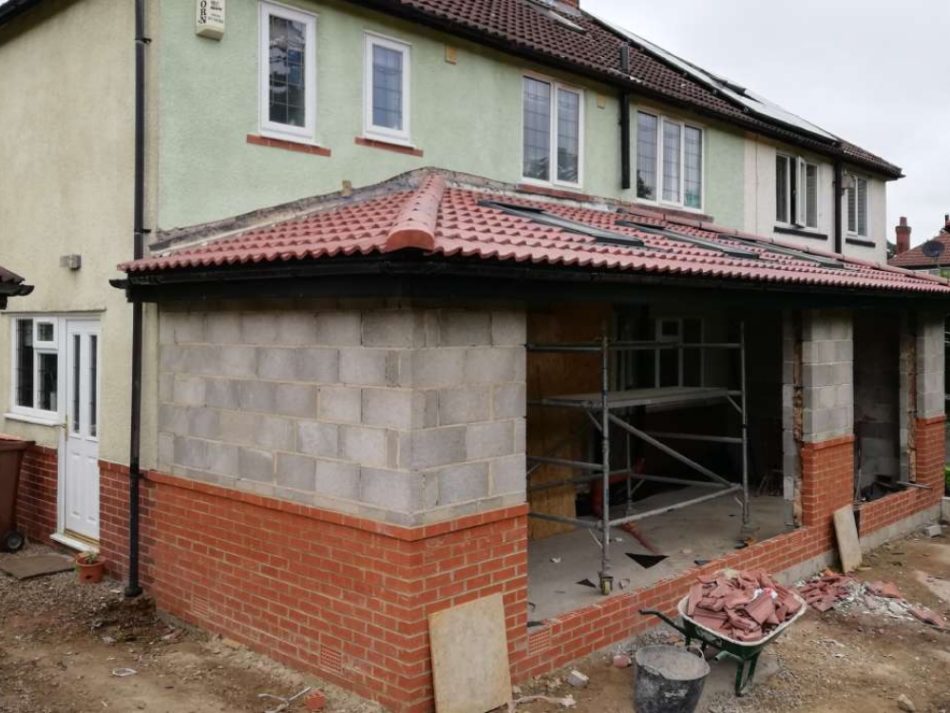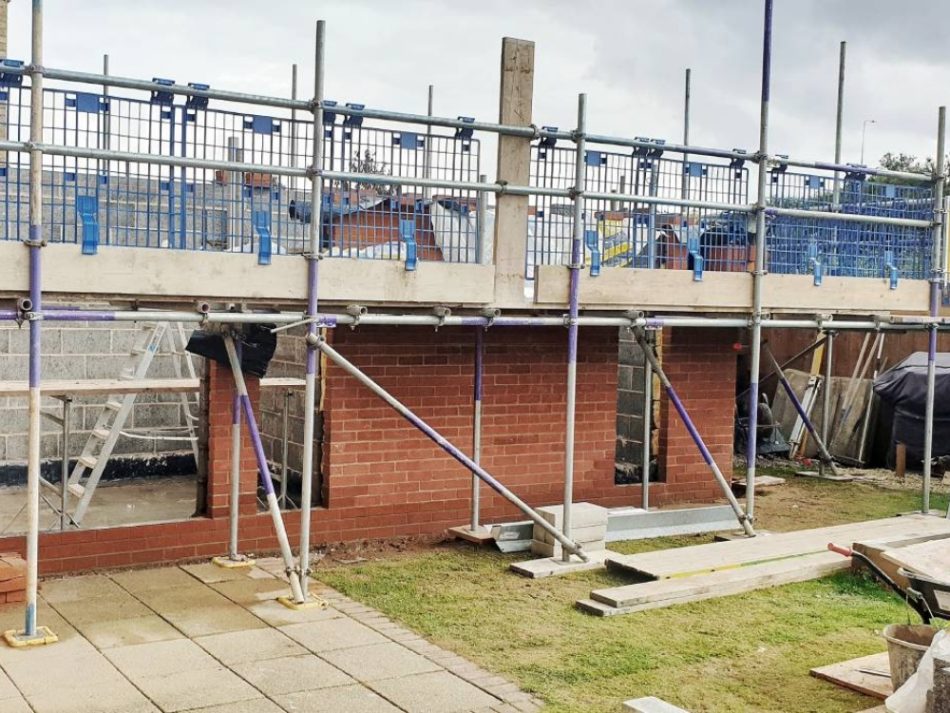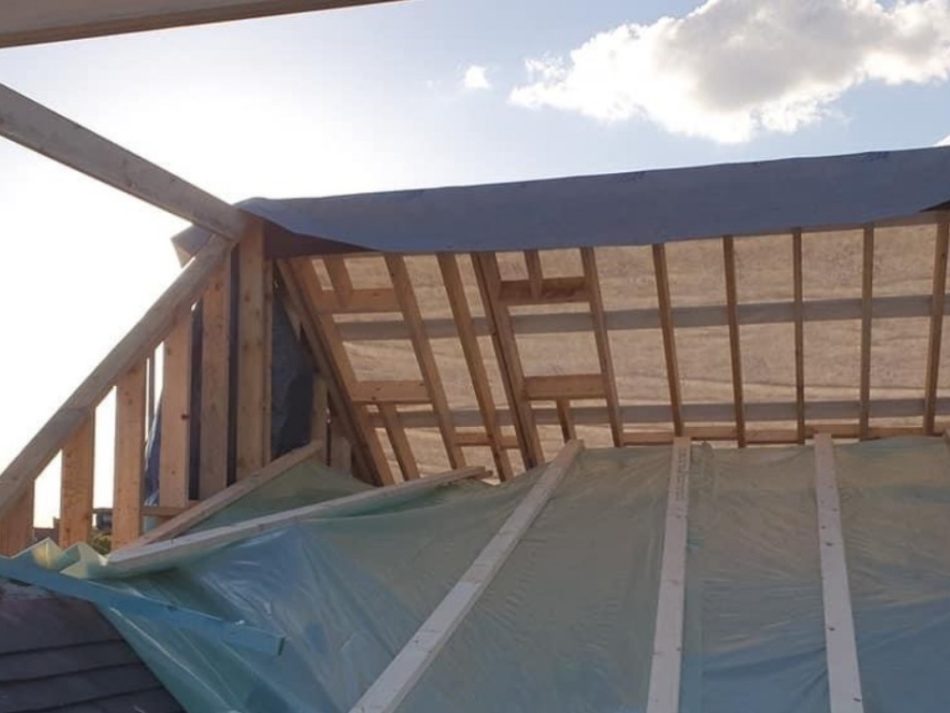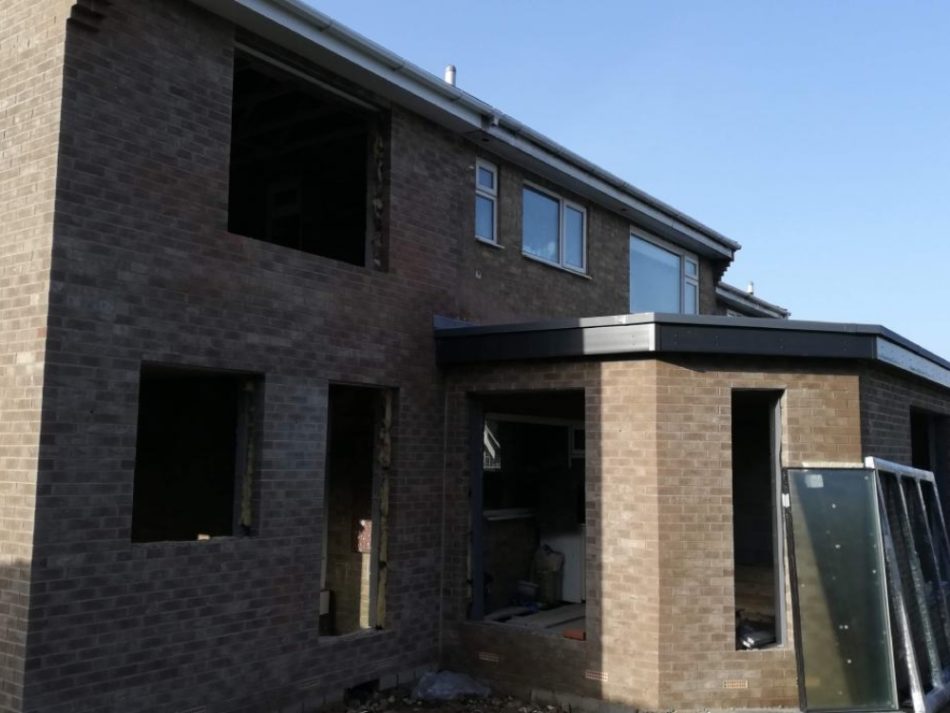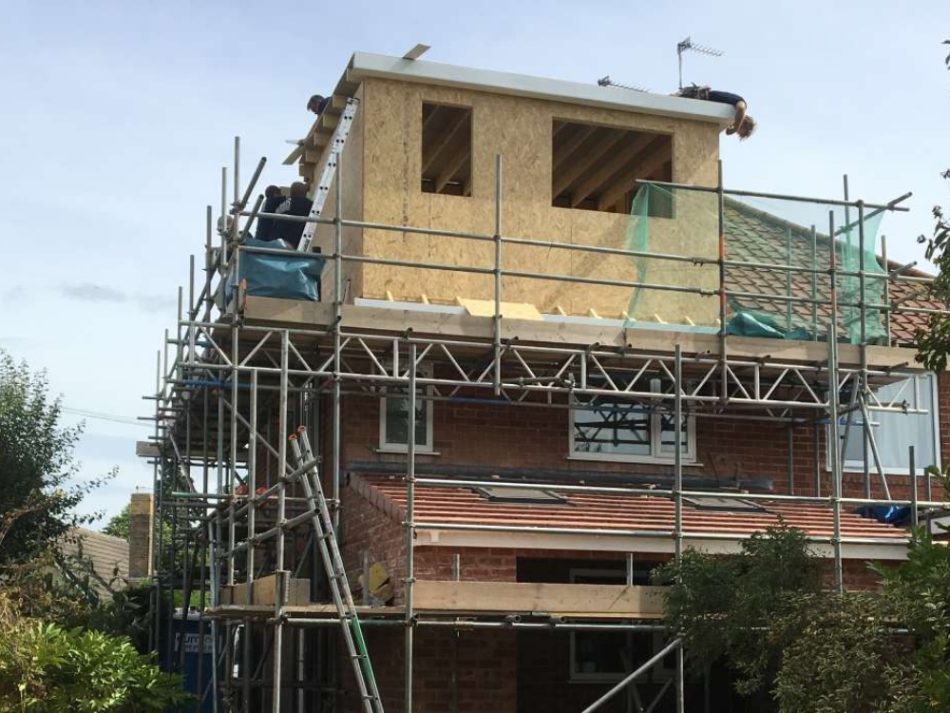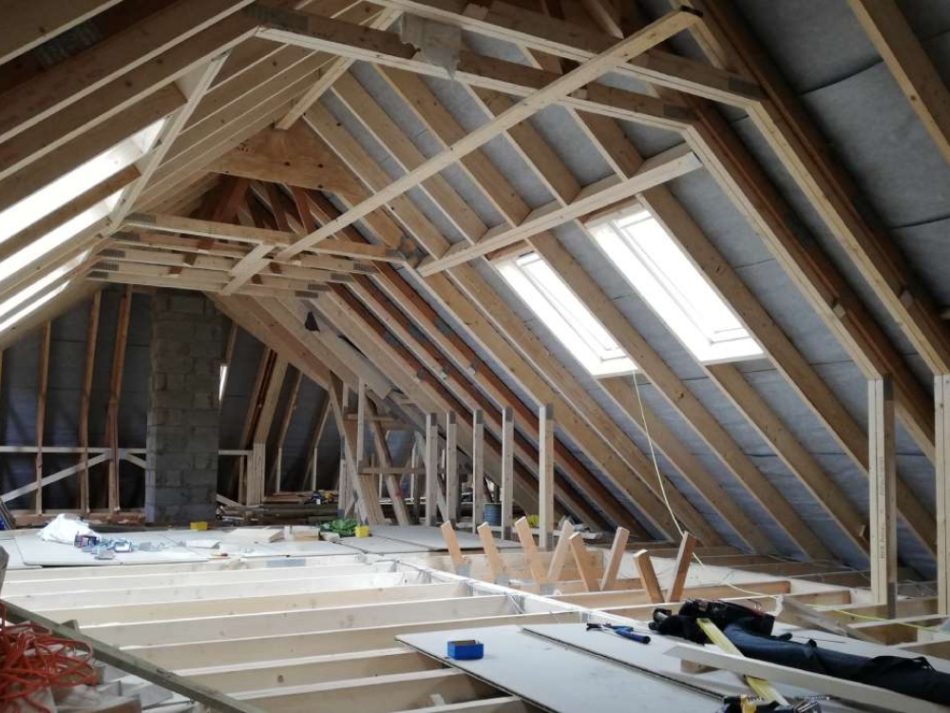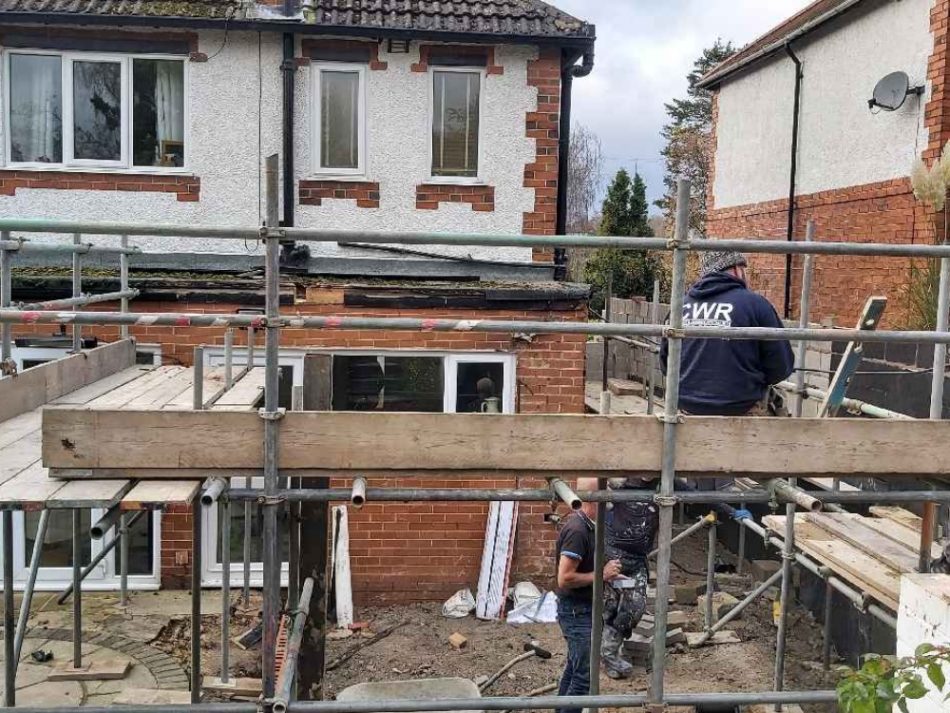WHAT IS PLANNING PERMISSION?
Planning permission is obtaining consent from the local Council Authority before the erection or alteration of a building. This may be an extension to your home, a new build or a new superstore for a major developer. It is also required for a change of use of buildings or land. All applications will either be Granted Approved, Granted with certain conditions or in rare circumstances refused. The government has set out its rules on determining planning applications called the national planning policy framework. Local authorities or planning development control have their own local plans. You can find your LPA (local planning authority on the planning portal and then search for the local development plan. This will give you full details on specific areas and any forthcoming plans or restrictions.The planning application process
Planning applications have a straightforward journey to approval. Understanding where you are in that process helps you know what responses you can make…
1. Planning application is submitted to the local planning authority
2. The application plans, forms, fee and associated documents are checked and validated
3. Once validated a letter with the determination date is posted to the agent with case officer details and reference number
4. The planning authority publicises the application, in the newspaper, on lamp posts, by letter to neighbours and perhaps elsewhere
5. Other consultees are informed such as water board, highways etc
6. The public has a few weeks to comment on the application
7. Determination usually begins 2 weeks before the decisions date once all comments are in
8. The decision will be issued typically 8 weeks from validation
Most planning applications are approved. But if the application is refused, or the approval has conditions on it, the applicant may appeal against the decision to the Secretary of State. If you have only heard about a development you’re concerned about after a planning application has been submitted, don’t delay in getting involved.
See our tailored guides on Extensions, New Build, Barn Conversions and Loft Conversions
What is a building notice?
You can carry out certain types of building work on your home or property without needing to apply for Planning Permission. This is called “Permitted Development Rights”. Generally, Permitted Developments cover minor extensions, demolition and certain changes of use, such as a loft, garage or cellar conversions. Most houses have PD rights, however flats and maisonettes do not so you would need to apply for full planning permission. PD rights are also reduced in conservation arears, national parks and areas of outstanding natural beauty.
So what type of work can you carry out under permitted development?
Extensions
- Extend your property by 4m to the rear with a single storey extension or 3m with a double extension. Height and rear boundary restrictions apply (this is currently under review by the government, who have suggested doubling these limits).
- The extension must not cover more than half of the garden or go forward of the building line of the original building.
- It must be built in the same or similar material to the existing property
- Side extensions are permitted but subject to height and width restrictions.
Loft Conversions
- The loft can be converted to living accommodation.
- The roof can be extended by up to 40m-cubed for terraces or 50m-cubed for semi-detached and detached properties.
- Dormers and roof windows can be added but must not extend beyond the plane of the roof slope at the front of the house.
- Side-facing windows must be obscure-glazed.
Do I need planning permission?
You will need planning permission if you want to build a new structure, make a major change to an existing structure, or change the use of a building. If you want to find out if you require Planning Permission then send us your details.
WHAT IS PERMITTED DEVELOPMENT?
You can carry out certain types of building work on your home or property without needing to apply for Planning Permission. This is called “Permitted Development Rights”. Generally, Permitted Developments cover minor extensions, demolition and certain changes of use, such as a loft, garage or cellar conversions. Most houses have PD rights, however flats and maisonettes do not so you would need to apply for full planning permission. PD rights are also reduced in conservation arears, national parks and areas of outstanding natural beauty.
So what type of work can you carry out under permitted development?
- Extend your property by 4m to the rear with a single storey extension or 3m with a double extension. Height and rear boundary restrictions apply (this is currently under review by the government, who have suggested doubling these limits).
- The extension must not cover more than half of the garden or go forward of the building line of the original building.
- It must be built in the same or similar material to the existing property
- Side extensions are permitted but subject to height and width restrictions.
- The loft can be converted to living accommodation.
- The roof can be extended by up to 40m-cubed for terraces or 50m-cubed for semi-detached and detached properties.
- Dormers and roof windows can be added but must not extend beyond the plane of the roof slope at the front of the house.
- Side-facing windows must be obscure-glazed.


